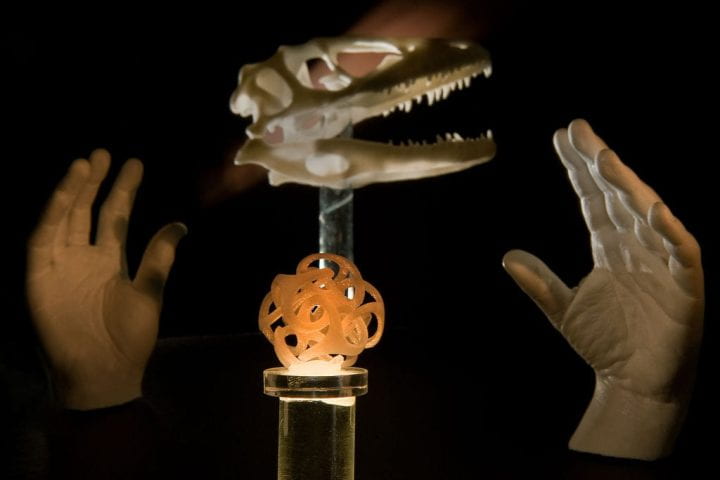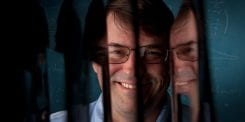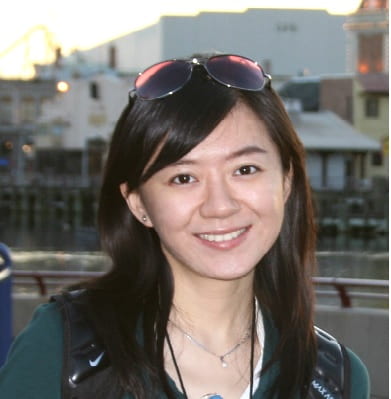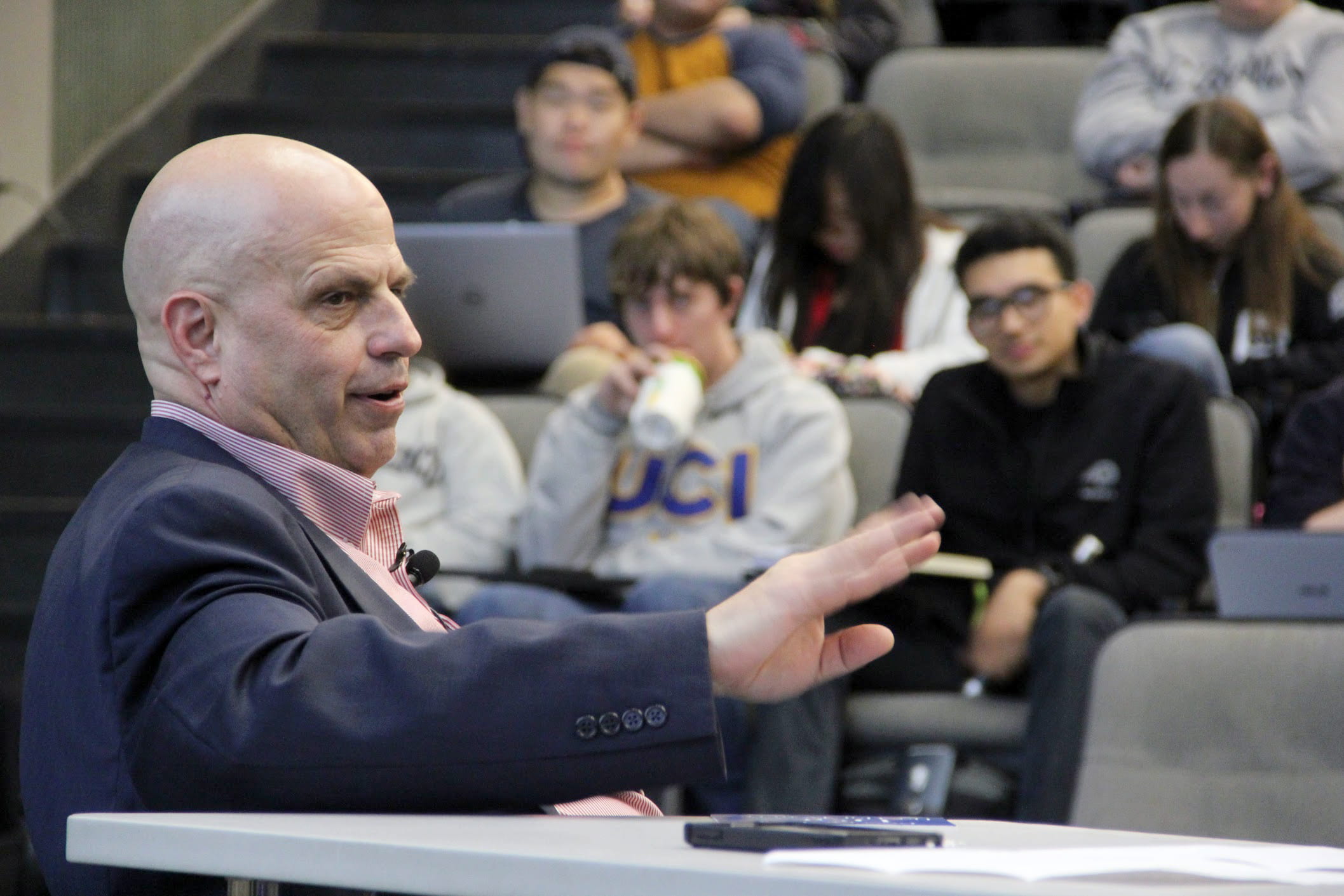Professor Michael Martinez
New RapidTech Center on campus helps researchers and entrepreneurs swiftly design and build product prototypes.

Imagine being able to sketch a new musical instrument or design a lifesaving medical part and within hours have in hand a three-dimensional prototype with details as precise as one-twentieth the width of a human hair.
UC Irvine’s Marc Madou, Chancellor’s Professor of mechanical & aerospace engineering, is working closely with Tommaso Baldacchini, a staff scientist at Newport Corp., on manufacturing technology that could do just that – radically changing how things are made.
Taking advantage of the new National Center for Rapid Technologies on the UCI campus, Madou and Baldacchini are researching how to combine state-of-the-art processes to quickly manufacture functional prototypes and products with an unprecedented level of detail.
The technology they’re utilizing is readily available to faculty, students and companies affiliated with UCI, thanks to the relocation last June of RapidTech – a National Science Foundation center for additive manufacturing and related technologies – from Saddleback College to the Engineering Tower.
The facility has more than 20 pieces of equipment that help both academia and industry adapt modern manufacturing technologies to civil engineering, biology, the arts and other areas that don’t typically take advantage of such techniques. It has already produced everything from medical devices to architectural models to entertainment items, as well as servicing such traditional sectors as aerospace and automotive.
In its four-year history, RapidTech has worked with numerous companies, among them Disney, Kawasaki, Ford and Boeing. It has also assisted countless start-ups and small businesses like Masters of Maple, which designs and builds custom drum sets for bands and musicians including Sick Puppies and Jack Irons.
In addition, access to cutting-edge manufacturing equipment and software is encouraging UCI students and researchers to rethink the process of taking a theory or design from paper to a tangible product with custom components.
Using a method called two-photon lithography, Baldacchini can currently make complex, three-dimensional microstructures about the size of a red blood cell, but it’s time-consuming. An alternative process, stereolithography, is much faster but less precise, and many of today’s micro and nano devices – everything from cellphone cameras to pacemakers – require a higher level of detail than can be achieved with stereolithography.
“Two-photon lithography,” Baldacchini says, “is stereolithography on steroids.” He and Madou hope to combine the two to create incredibly precise prototypes and products in 80 percent less time than with traditional techniques.
The work is part of a new trend in manufacturing: more decentralized methods like three-dimensional printing that can quickly and cheaply render specialized products in locations independent of large, assembly-line-style factories. If academics, entrepreneurs and small companies were able to swiftly produce custom items at low cost, it could potentially revolutionize domestic innovation.
“We’re embarking on an effort to prepare a new generation of U.S. engineers that’s reconnecting with advanced manufacturing,” says Madou. In the 1980s, he notes, such manufacturing began to be outsourced to Asia, a phenomenon that has continued for 30 years. At the same time, engineering education was ramped up overseas while being de-emphasized here.
“Innovation and manufacturing are intertwined, but in the U.S., this connection has been neglected for too long,” Madou says. “Novel approaches to manufacturing will, hopefully, re-engage young people to get back into making new products closer to home.”


